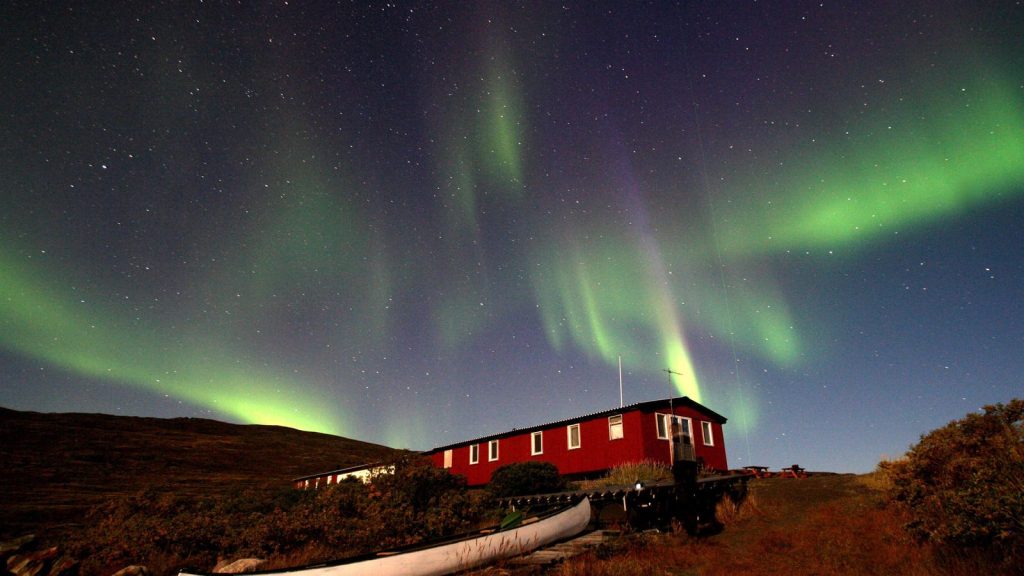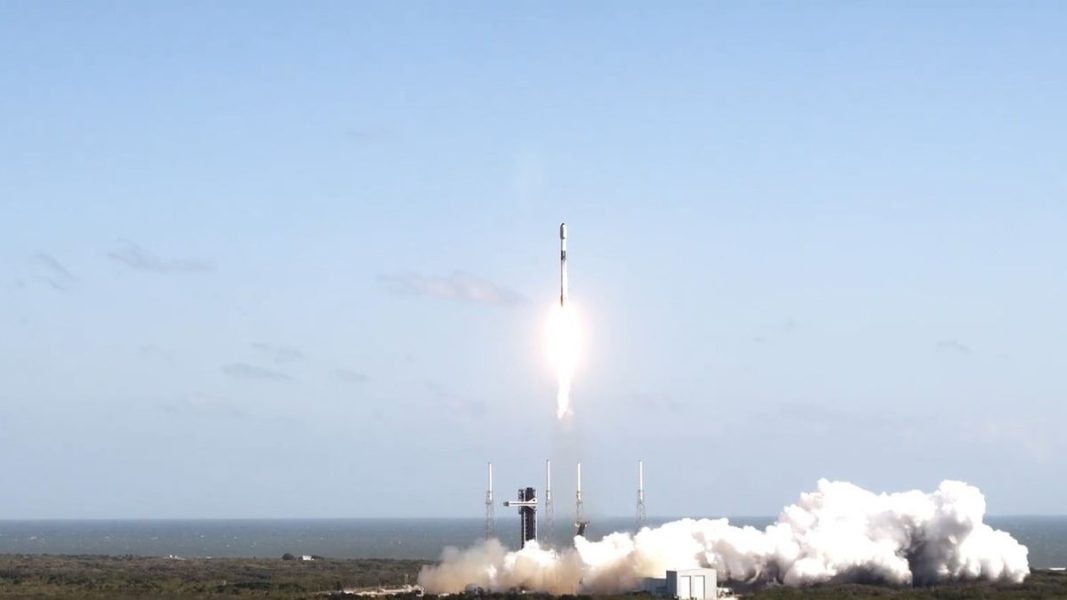Northern Lights Forecast: Here’s Where Aurora Borealis May Appear Tonight – Forbes

Several U.S. states along the Canadian border may see the aurora borealis Tuesday, according to the latest forecast from the National Oceanic and Atmospheric Administration.Several states along the Canadian border may see the aurora borealis.NOAA forecasts a Kp index of three on a scale of nine for Tuesday night, meaning the aurora borealis will “become brighter” than average as it moves away from the Earth’s poles and be “quite pleasing to look at” for those in the right areas.The northern lights will likely not be as active Wednesday or Thursday, with projected Kp indexes of two for either day, according to NOAA’s three-day forecast.There is a chance for some minor radio blackouts through Friday, potentially impacting high-frequency radios after recent solar activity, NOAA said.Get Forbes Breaking News Text Alerts: We’re launching text message alerts so you’ll always know the biggest stories shaping the day’s headlines. Text “Alerts” to (201) 335-0739 or sign up here.The northern lights will likely be visible across Alaska, according to NOAA. A view line—marking a minimal chance of seeing auroral activity—dips just below the Canadian border, indicating there is a lower likelihood across six other states, including Washington, Idaho, Montana, North Dakota, Minnesota, Wisconsin and Michigan. (See view line below.)Tuesday night’s view line.The northern lights are best seen at a high vantage point away from light pollution between 10 p.m. and 2 a.m. local time, according to NOAA.National Geographic recommends using wide-angle lenses ideal for lower light conditions, with an aperture or F-stop of four or less and a focus set to the farthest possible setting. Those using a smartphone camera are recommended to turn on night mode and disable flash.Northern lights displays reached a 500-year peak in 2024 as activity on the sun’s surface achieved a “solar maximum,” according to NASA. The strongest geomagnetic storm—a disturbance of Earth’s magnetic field—in the last two decades affected Earth in May 2024, making the northern lights visible in all 50 states. Electrons from solar events like solar flares and coronal mass ejections interact with molecules and atoms of nitrogen and oxygen in Earth’s atmosphere, causing them to become “excited” before releasing light particles, producing the colorful displays of the aurora borealis. NASA’s forecasts suggest an increase in auroral activity will persist into early 2026.One Community. Many Voices. Create a free account to share your thoughts. Our community is about connecting people through open and thoughtful conversations. We want our readers to share their views and exchange ideas and facts in a safe space.In order to do so, please follow the posting rules in our site’s Terms of Service. We’ve summarized some of those key rules below. Simply put, keep it civil.Your post will be rejected if we notice that it seems to contain:User accounts will be blocked if we notice or believe that users are engaged in:So, how can you be a power user?Thanks for reading our community guidelines. Please read the full list of posting rules found in our site’s Terms of Service.






